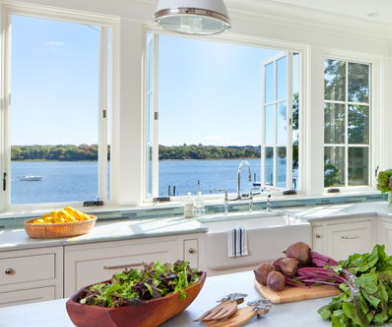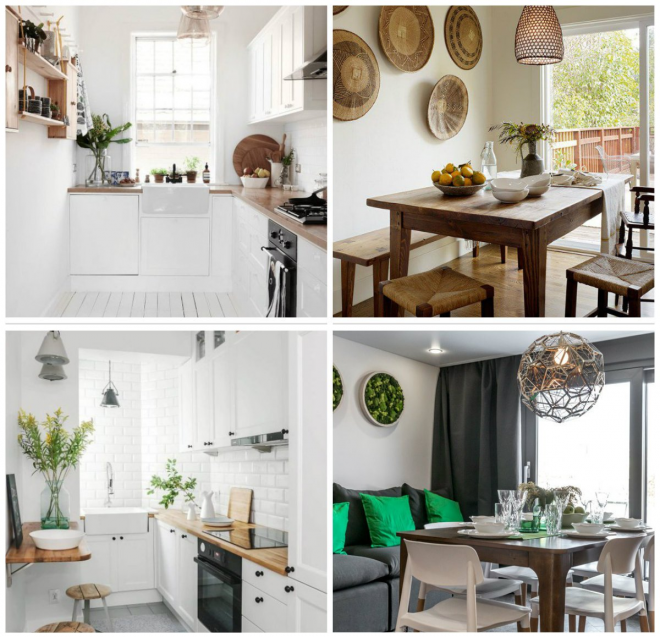 The role of windows in the kitchen
The role of windows in the kitchenWindows in the kitchen serve the same purpose as windows in every other space in the house: they provide light and ventilation while also providing a great deal of architectural versatility.
In a kitchen, ventilation allows for a breeze in a space that would otherwise be hot, but windows above cooking flames should be avoided. You may also want to think of other uses for windows in your kitchen, such as access to outdoor window box planters, a pass-through to an outdoor dining room, or a view of small children playing in the yard.
If you're planning a major renovation, it's a good idea to have a contractor come in to discuss your options.
Styles and Materials for Kitchen Windows
Let's look at some choices now that we've addressed the aims and drawbacks of windows. To begin, there are several common window styles for kitchens:
Casement windows are windows that open outwards.
These are the windows that are hinged to the frame and swing open like a door with a crank shaft. These are flexible and can be used in almost any room. They are also used in pairs to produce a striking image. Casement windows open with a crank, allowing for optimal airflow (a plus in the kitchen) and the ability to "scoop" air from a passing breeze. When you need to reach over a sink or cabinet to operate a window, casement and awning windows are preferable to double-hung windows in the kitchen.
Windows with awnings
These functional little windows are hinged at the top and open outwards to provide coverage for the opening. Awning windows are useful not just because of their size, but also because they can be opened even when it's raining, which is especially useful for a small window above the kitchen sink.
Windows with a bay or bow shape
For a bay window, one wide central window is framed by two smaller angled windows, and for a bow window, four or five similarly sized windows are arranged in an angled curve. Both take up a lot of room but have a beautiful view of the outside. They often provide extra storage space for items that need sunshine, such as potted plants or herbs.
Window placement in the kitchen
Kitchen windows are typically higher than windows in other rooms, so 42 inches should be enough to accommodate lower cabinets, counters, and backsplash. Working within the limits of your exterior walls, aim to place windows to optimize natural light and weather movement from west to east. East and west-facing windows gain or lose more heat than windows facing north or south.
The traditional positioning of windows above a kitchen sink allows you to gaze out while washing, but today's modern kitchens offer you more options. Many homeowners are foregoing upper cabinets in favor of a wider view and a more flexible design with more windows.


